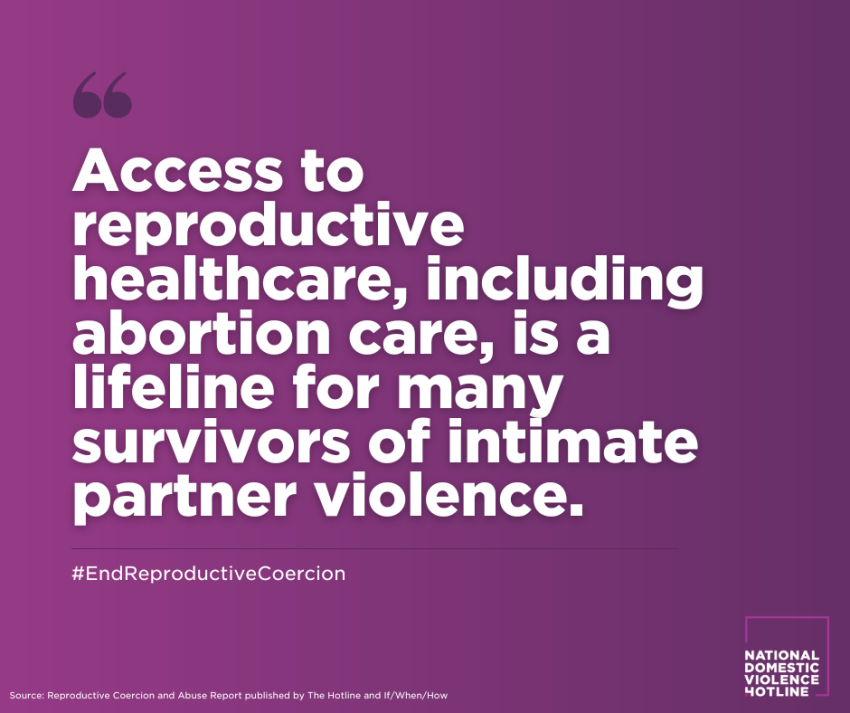By Leanna Coy, FNP-BC
Domestic violence and family violence affects about 10 million Americans every year. Domestic violence includes physical, financial, sexual, or mental abuse of an adult, child, or elder. Domestic violence also includes intimate partner violence (IPV), which is abuse by a current or former partner or spouse. Approximately one in four women and one in nine men experience some form of domestic violence. However, like many violent crimes, domestic violence is underreported.
The Bureau of Justice Statistics (BJS) estimates that 46% of domestic violence goes unreported to the police. In 2021, Tillamook County had 62 incidents of domestic violence reported to the police. Using the BJS estimate, this means roughly an additional 29 events went unreported.
What are the long-term effects of abuse
Domestic violence leads to damaging effects on the victim’s health. The adverse effects can lead to long-term health consequences. Women who experience domestic violence are less likely to access healthcare. Eating disorders and obesity are more common.
Victims are more likely to use alcohol or drugs. Many people affected by domestic violence develop mental health issues, such as anxiety, depression, or even thoughts of suicide. The mental health problems may last for years after the abuse ends. Most troublesome, IPV is the leading cause of injuries and homicides in women.
How to identify an abuser
Domestic violence is not always physical violence. Because of this, the signs of abuse are not always obvious. Signs may start gradually with small comments that worsen over time to controlling or violent behaviors. Signs your partner may be abusive include:
- Telling you that you never do anything right
- Insulting, humiliating, or mocking you, especially in front of others
- Controlling what activities you do, who you can spend time with, and where you go
- Jealousy over time you spend with others
- Discouraging or preventing you from attending school or going to work
- They check your phone, email, or social network accounts
- Not allowing you to control your own finances
- Always deciding what you can wear or eat
As the abuse progresses, signs become more apparent and harmful. They may:
- Destroy your belongings
- Force you to have sex or perform sexual acts you are not comfortable with
- Control your birth control or insist that you become pregnant
- Threaten to hurt you, your children, your family members, or your pets
- Intimidate you with threatening looks, actions, or weapons
- Become physical by hitting, punching, pushing, kicking, or beating you
- Blame you for their angry outbursts
- Threaten to hurt themself when they are upset with you
- Make comments like, “If I can’t have you, no one can”
Intimate partner violence is not limited to male-female relationships. Same-sex relationships also experience domestic abuse and can have different warning signs. They may threaten to “out” their partner to family members, an employer, or the community. Female abusers may try to convince their partner that women cannot be abusers. The abuser may try to convince their victim that without a legal marriage, they cannot be a victim of domestic abuse and cannot access any help.
Not all abusers will show all these behaviors. But if someone in your life displays even one or two of these, it is a red flag for potential abuse. Consider talking with someone about your concerns.
How to get help
No one has a right to threaten or physically harm you. Every day in the United States, more than 67,000 victims of domestic violence seek help. If you believe you are a victim of abuse, stay aware of your safety. If you are at immediate risk of harm, call 911. If you are not in immediate danger, there are other ways to seek help.
- Get medical care. Medical staff in primary care, urgent care, and the emergency room can treat injuries and help you find ways to keep safe. They have access to local resources. They can collect information on your injuries and can assist with notifying the police.
- Call a helpline. Helplines have live advocates you can speak with about your specific concerns.
- The National Domestic Violence Hotline has advocates available 24/7 at 1-800-799-7233 or text “START” to 88788.
- Locally, Tides of Change has advocates at 503-842-9486 Monday-Friday, 9 a.m. to 5 p.m.
- The National Deaf Domestic Violence Hotline is available via TTY at 855-812-1001.
- Create a safety plan. A safety plan is a plan to improve your safety while experiencing abuse, prepare you to leave an abusive situation or a plan for what to do after you leave. Everyone’s safety plan is unique based on their circumstances. You may have children or pets to consider. Protective orders are sometimes needed. A domestic violence hotline can help you with creating a safety plan.
- Save evidence. Keep any threatening voice mails or text messages. Save imaging of injuries. Keep these items in a safe place the abuser cannot access.
- Talk to someone. Your friends and family may not be aware of the abuse. Or they may suspect something is wrong. Reach out to someone you trust for help.


